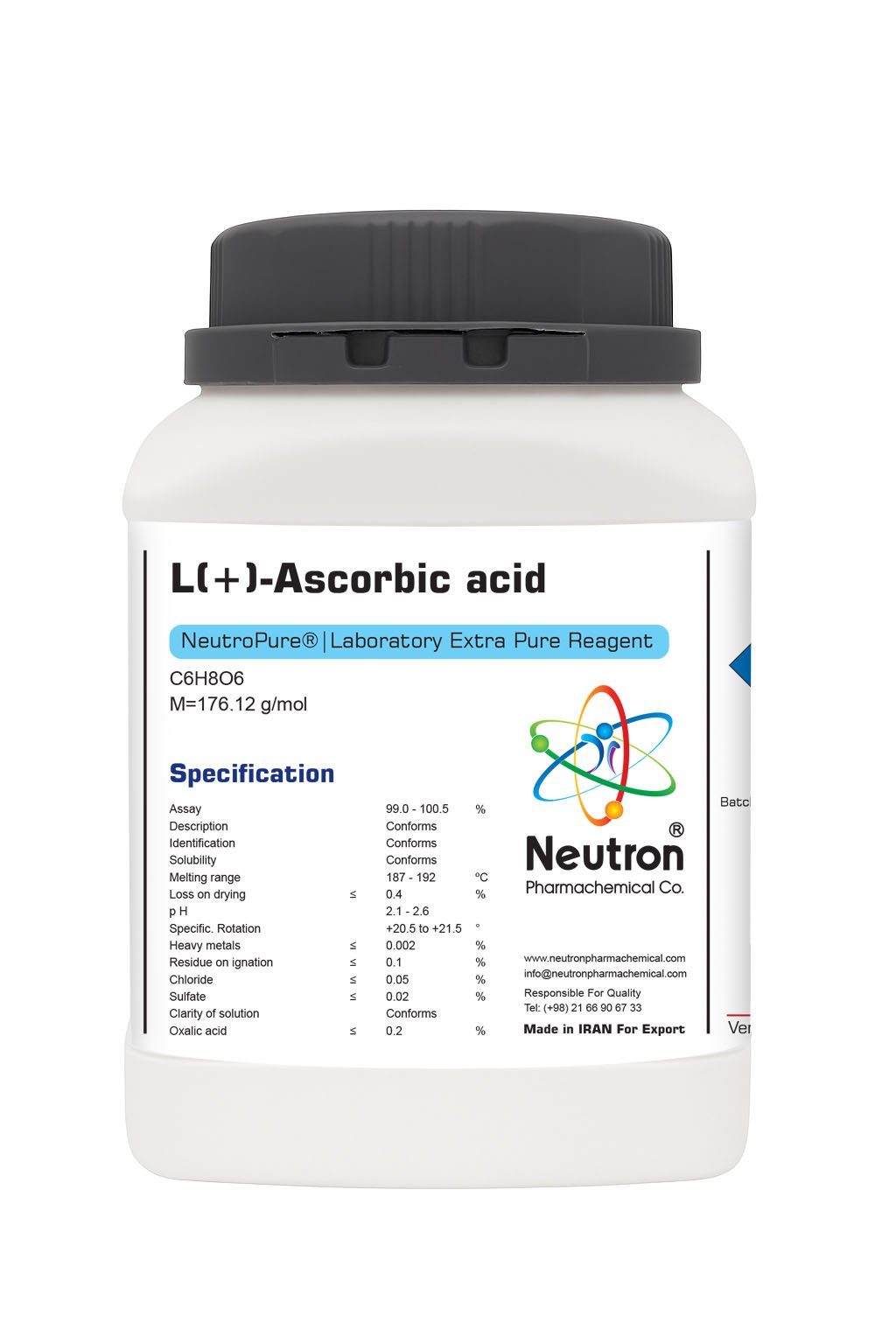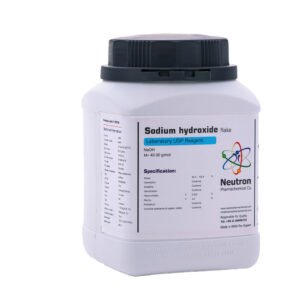Ascorbic acid, also known as vitamin C, is a water-soluble organic compound with antioxidant properties. It appears as a white to pale yellow crystalline powder with a sharp, acidic taste and is essential for human health, supporting metabolic functions and acting as a cofactor for several enzymes.
🏭⚗️ Production
Ascorbic acid is industrially synthesized from glucose, most commonly via the Reichstein process, which combines chemical and microbial steps—starting from glucose to sorbitol, then sorbose, and finally to ascorbic acid. A more modern method involves a two-step fermentation process that yields the same product more efficiently. Both methods convert glucose into vitamin C with an approximate yield of 60%.
🔬 Properties
Ascorbic acid is a stable solid when dry, but degrades readily in solution, especially in presence of oxygen, metal ions, or at extreme pH values. It is highly soluble in water, exhibiting strong reducing (antioxidant) behavior. It acts as a key redox catalyst within cells, and its stability is influenced by pH—with optimal resistance to oxidation around neutral pH levels.
🧪 Applications
Commonly used as a food additive (E300) to prevent oxidation, enzymatic browning, and preserve color in products like canned fruits, juices, and bread. It functions as a dietary supplement to prevent vitamin C deficiency (scurvy), supports collagen synthesis, and serves as a redox agent in pharmaceutical formulations. Additionally, it finds use in analytical chemistry and as a functional additive in various food and industrial formulations.





